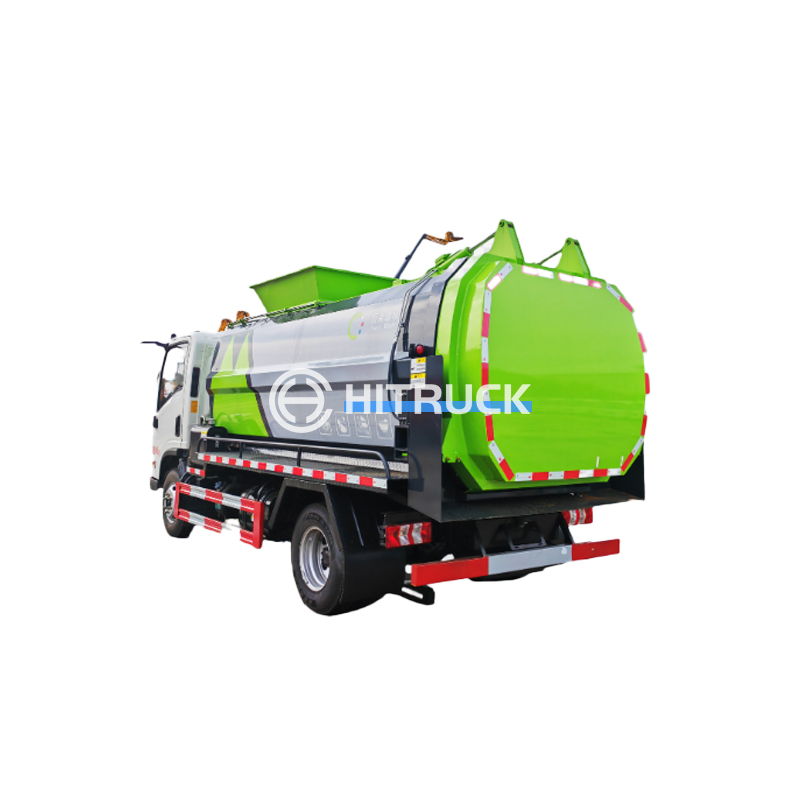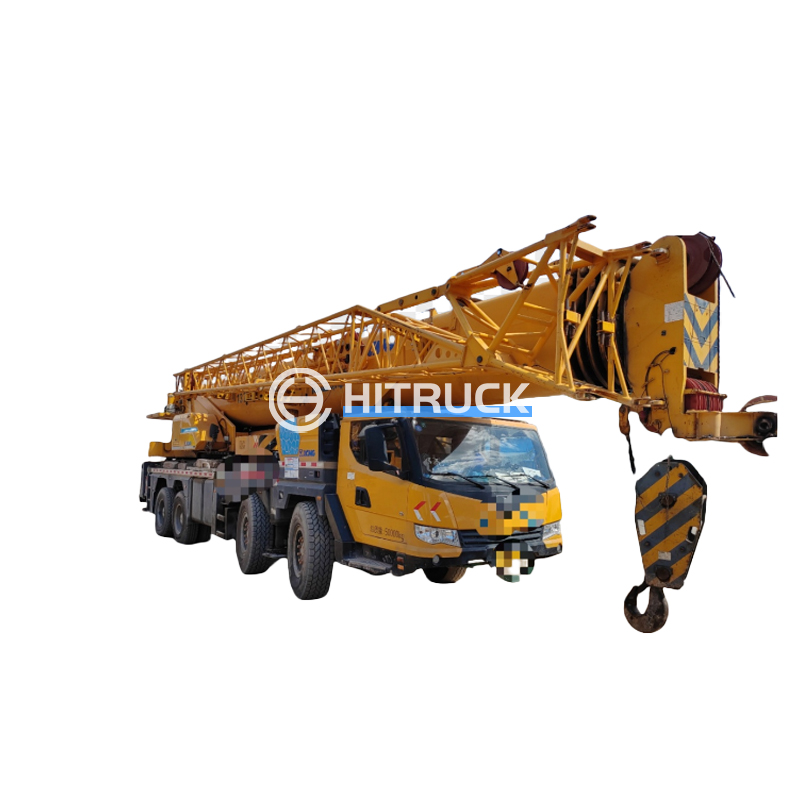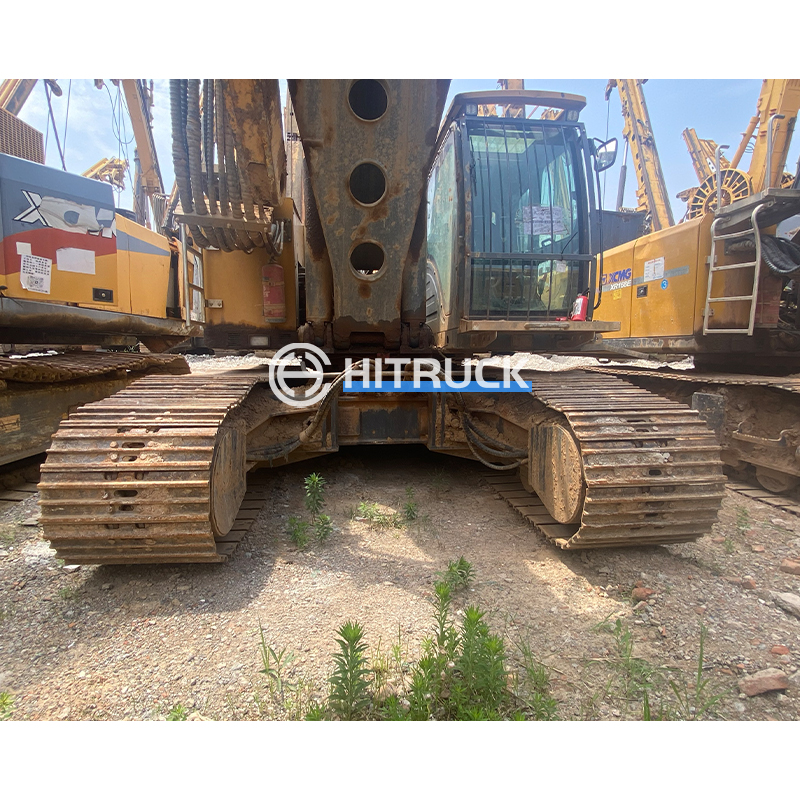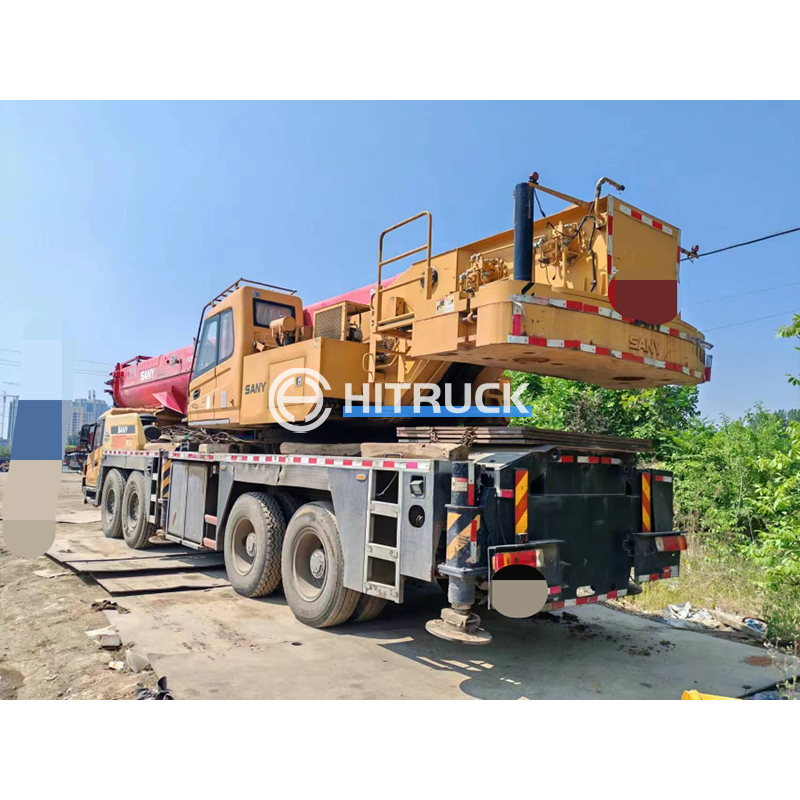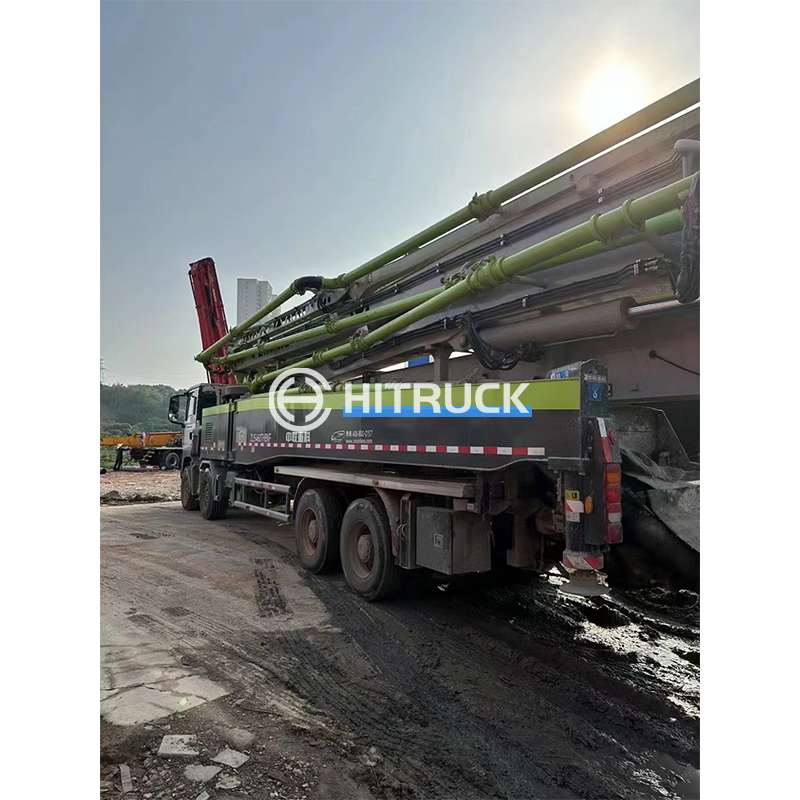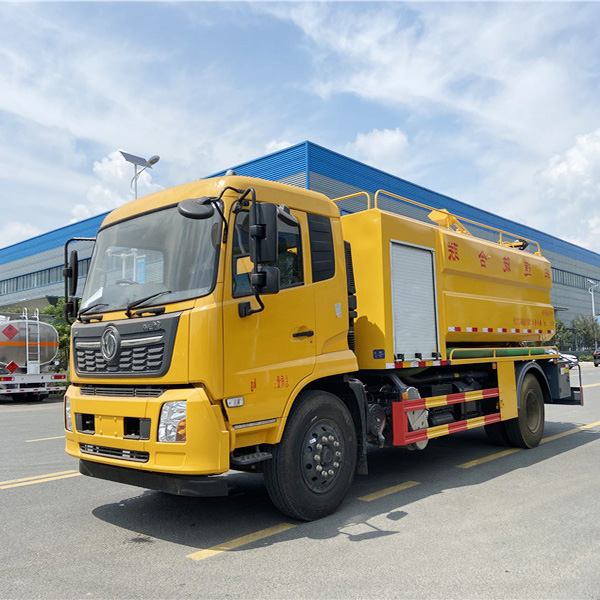Cement Mixer Truck Delivery: Your Guide to Seamless Concrete TransportationThis guide provides a comprehensive overview of cement mixer truck delivery, covering everything from choosing the right truck for your project to ensuring efficient and timely delivery. We explore key factors to consider, including truck size, capacity, and delivery logistics, helping you navigate the process smoothly.
Cement Mixer Truck Delivery: A Comprehensive Guide
Planning a construction project that requires concrete? Understanding the intricacies of cement mixer truck delivery is crucial for success. This guide aims to provide you with all the necessary information to make informed decisions, ensuring your project stays on schedule and within budget. From selecting the appropriate truck size to coordinating delivery logistics, we’ll cover it all.
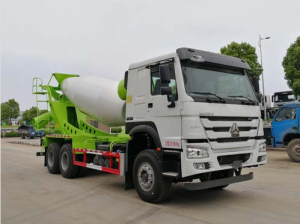
Choosing the Right Cement Mixer Truck
Truck Size and Capacity
The first step is determining the right size cement mixer truck for your project. This depends largely on the volume of concrete needed. Smaller projects might only require a smaller mixer, while large-scale constructions necessitate larger capacity trucks. Consider factors like job site accessibility and the pouring schedule when making your selection. For example, a 6-cubic-yard mixer is suitable for smaller residential projects, whereas a larger 10-cubic-yard or even larger truck might be needed for commercial construction. Always confirm the exact volume needed with your concrete supplier to prevent ordering too much or too little.
Types of Cement Mixer Trucks
There are various types of cement mixer trucks, each with its own advantages and disadvantages. Some common types include:
- Transit Mixers: These are the most common type, rotating drums that keep the concrete mixed during transport.
- Self-Loading Mixers: These trucks can load the concrete themselves, eliminating the need for separate loading equipment.
- Pump Trucks: These combine a mixer and a concrete pump, allowing for direct placement of concrete into difficult locations.
Choosing the right type will depend on your project’s specific requirements and budget. Consider the distance of the delivery, access to the job site, and the required pouring method.
Planning Your Cement Mixer Truck Delivery
Scheduling Your Delivery
Effective scheduling is paramount for successful cement mixer truck delivery. Coordinate the delivery with your project timeline, considering factors like weather conditions and other trades working on the site. Communicate clearly with your supplier about your exact requirements and any potential site restrictions.
Delivery Logistics and Site Access
Ensure your job site is readily accessible to the cement mixer truck. Consider the weight limitations of your site, the turning radius for the truck, and the distance from the delivery point to the pour location. If the job site has limited access, inform your supplier beforehand so they can arrange appropriate transportation. A lack of planning can lead to delays and additional costs.
Factors Affecting Cement Mixer Truck Delivery Costs
The cost of cement mixer truck delivery is influenced by several factors, including:
| Factor |
Impact on Cost |
| Truck Size |
Larger trucks generally cost more. |
| Distance |
Longer distances increase fuel costs and labor expenses. |
| Delivery Time |
Rush deliveries might incur additional charges. |
| Site Conditions |
Difficult access can increase the cost. |
Table data is based on industry standards and general observations. Actual costs may vary.
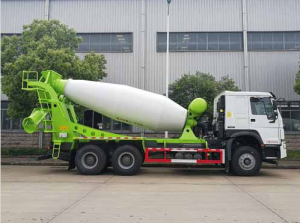
Finding a Reliable Cement Mixer Truck Supplier
Choosing a reputable supplier is crucial for a smooth delivery. Look for suppliers with a proven track record, positive customer reviews, and a wide range of trucks to accommodate different project needs. Compare quotes from multiple suppliers before making a decision. Don’t hesitate to ask questions about their experience and delivery procedures. For large projects, consider partnering with a company like Suizhou Haicang Automobile sales Co., LTD that offers a wide array of reliable transport solutions.
Proper planning and careful selection are essential to ensure your cement mixer truck delivery is efficient and cost-effective. By following the steps outlined in this guide, you can streamline your concrete transportation process and contribute to a successful construction project.




